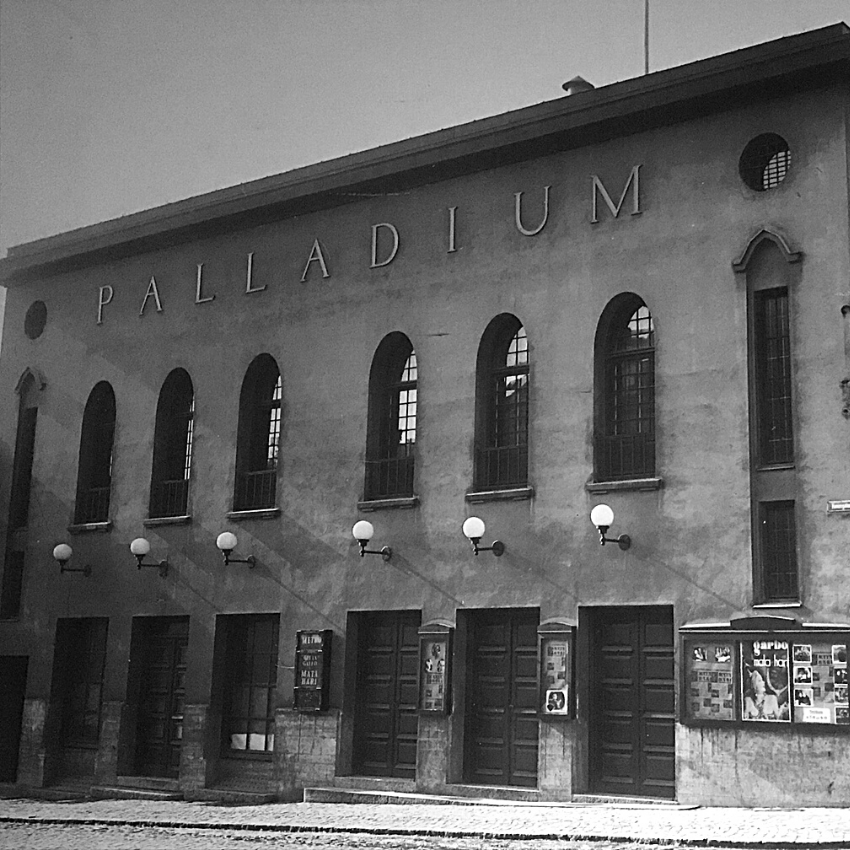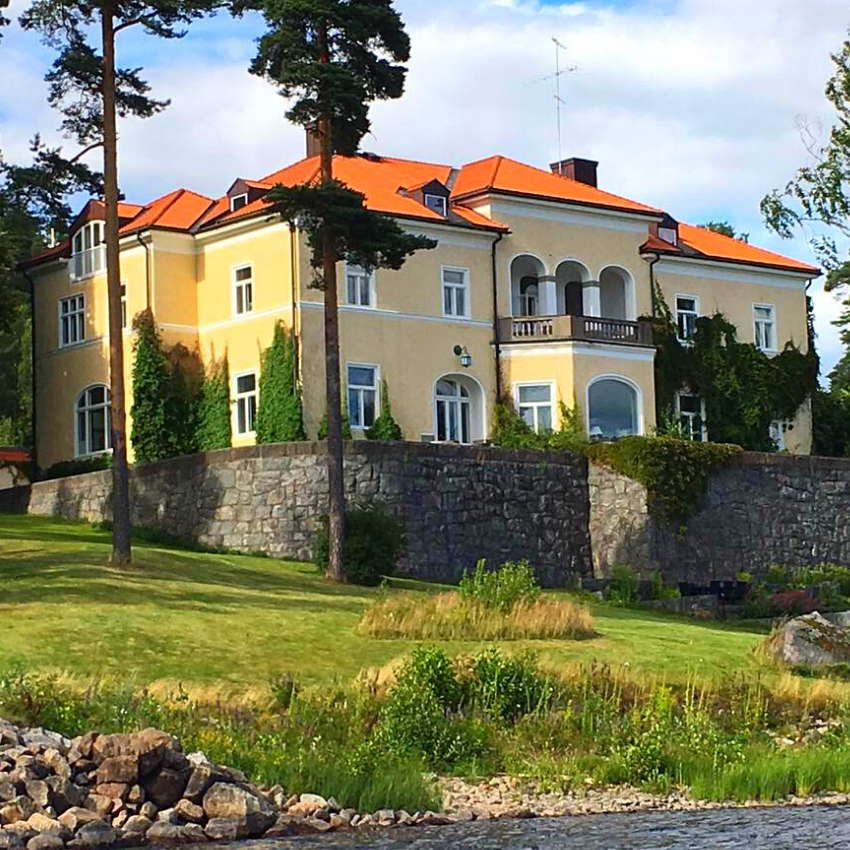Arvika Trainstation
Sj:s chief at the time architect Adolf Wilhelm Edelsvärd drew the plan for Arvikas beautiful station building which was finished in 1867. His dream for Arvika was that the train station and the church would sit opposite each other as the towns most important pillars. The station was placed outside of the checkered layout to signify it as the towns most monumental place. Some people say that the sketches were mixed up with the plans for Karlstads train station and that’s why Arvikas station is a lot more extravagant. When the Northwestern tracks between Stockholm and Kristiania (Oslo) were put in place the grand opening was held in Arvika.

Trefaldighetskyrkan
Towards the end of the 1800s, the population of the town began to grow and therefore another, more central, church was needed to complement the already existing Mikaeli church, which is situated Southwest of town. The task of designing a new church was given to Ivar Tengbom after he was recommended by Christian Eriksson. The Trefaldighets church was built with the Jugend style in mind and was finished in 1911, the same year that Arvika received its township. The church is made out of material that was found in the area such as bricks from Glava and Dottevik. The church was opened on the Holy Trinity Day and that’s why it was given its name. Inside the church, there is art and handicrafts from local artists and sculptures. On the Western wall, there are sculptures made by Christian Eriksson which represent the creation of Adam. The chair on which people preach and the altar decorations were created by Ola Eriksson, and the altar painting was created by Björn Ahlgrensson. The christening font was created by Bror Sahlström.

Palladium
Wilhelm Eick is the architect behind the beautiful cinema called Palladium. It was erected between the years 1924 and 1925 in a modern classic style. The Architectural Museum in Stockholm recognizes Palladium as one of Sweden’s most unique buildings. In later years the restaurant part of the building has been built in a similar style. The restaurant Regi has amazing food in a cozy environment. Today Palladium is one of Sweden’s oldest cinemas which is still in use.

Jössefors Manor
Ferdinand Boberg drew this extravagant castle villa as accommodation for the managing director of Jössefors Mill. The manor was finished in 1914 and is facing South overlooking the Älgå fjord. The big terraces are made out of granite and lead down to the water and the house has a fantastic view of Lake Glafsfjorden. Jössefors Manor is seen by many as the most beautiful example of Boberg’s love for Italian villas.

